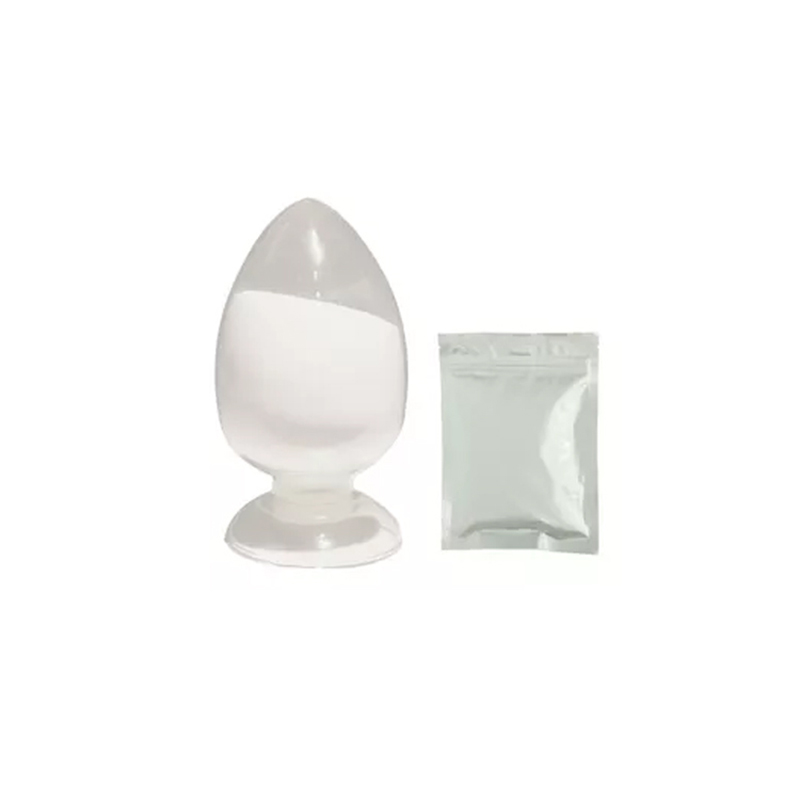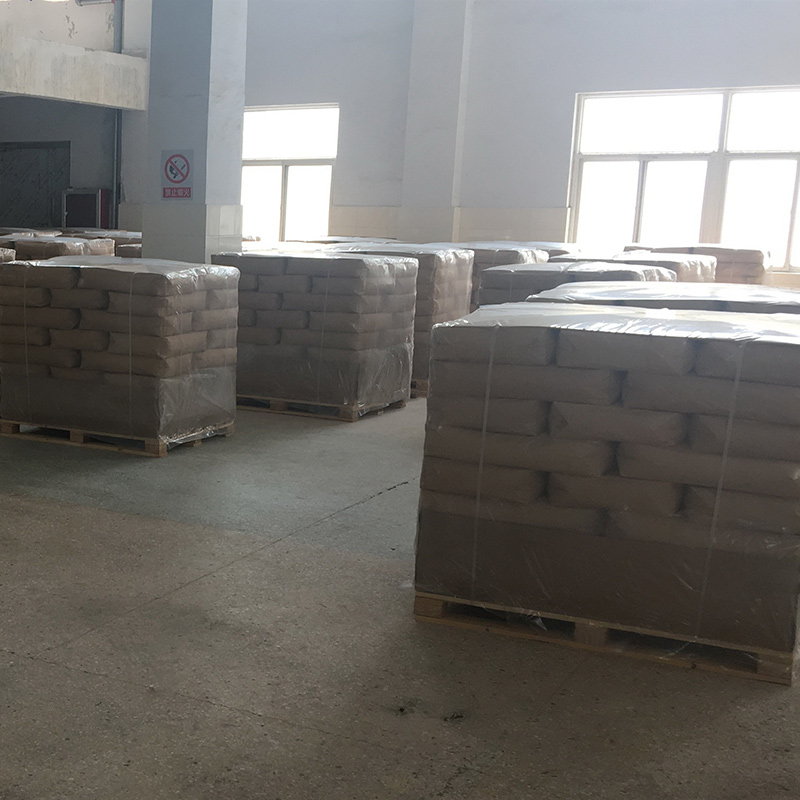Polyanionic cellulose (PAC)
Polyanionic cellulose (PAC) is a water-soluble cellulose ether derivative prepared by chemical modification of natural cellulose. It is an important water-soluble cellulose ether. It is usually used as its sodium salt and is widely used in oil drilling, especially salt water wells and offshore oil drilling.
PAC-Application In Petroleum
1. The functions of PAC and CMC in oil field are as follows:
- The mud containing PAC and CMC can make the well wall form thin and hard filter cake with low permeability and reduce the water loss;
- After adding PAC and CMC into the mud, the drilling rig can obtain low initial shear force, make the mud easy to release the gas wrapped in it, and quickly discard the debris in the mud pit;
- Like other suspended dispersions, drilling mud has a certain existence period, which can be stabilized and extended by adding PAC and CMC.
2. PAC and CMC have the following excellent performance in oilfield application:
- High degree of substitution, good uniformity of substitution, high viscosity and low dosage, effectively improving mud service efficiency;
- Good moisture resistance, salt resistance and alkali resistance, suitable for fresh water, seawater and saturated brine water-based mud;
- The mud cake formed is of good quality and stable, which can effectively stabilize the soft soil structure and prevent shaft wall collapse;
- It is suitable for mud systems with difficult solid content control and wide variation range.
3. Application characteristics of PAC and CMC in oil drilling:
- It has high water loss control ability, especially efficient fluid loss reducer. With low dosage, it can control water loss at a high level without affecting other properties of mud;
- It has good temperature resistance and excellent salt resistance. It can still have good water loss reduction ability and certain rheology under a certain salt concentration. The viscosity is almost unchanged after dissolving in salt water. It is especially suitable for offshore drilling and deep wells;
- It can well control the rheology of mud and has good thixotropy. It is suitable for any water-based mud in fresh water, seawater and saturated brine;
- In addition, PAC is used as cementing fluid to prevent fluid from entering pores and fractures;
- The filter press fluid prepared with PAC has good resistance to 2% KCl solution (it must be added when preparing filter press fluid), good solubility, convenient use, can be prepared on site, fast gel forming speed and strong sand carrying capacity. When used in low permeability formation, its filter press effect is more excellent.
Detail Parameters
| Addition amount (%) | |
| Oil production fracturing agent | 0.4-0.6% |
| Drilling treatment agent | 0.2-0.8% |
| If you need to customize, you can provide detailed formula and process. | |
|
Indicators |
||
| PAC-HV | PAC-LV | |
| Color | White or light yellowpowder | White or light yellow powder or particles |
| water content | 10.0% | 10.0% |
| PH | 6.0-8.5 | 6.0-8.5 |
| Degree of substitution | 0.8 | 0.8 |
| sodium chloride | 5% | 2% |
| Purity | 90% | 90% |
| Particle size | 90% pass 250 microns(60 mesh) | 90% pass 250 microns (60 mesh) |
| Viscosity (b) 1% aqueous solution | 3000-6000mPa.s | 10-100mPa.s |
| Application performance | ||
| Model | Index | |
| AV | FL | |
| PAC-ULV | ≤10 | ≤16 |
| PAC-LV1 | ≤30 | ≤16 |
| PAC-LV2 | ≤30 | ≤13 |
| PAC-LV3 | ≤30 | ≤13 |
| PAC-LV4 | ≤30 | ≤13 |
| PAC-HV1 | ≥50 | ≤23 |
| PAC-HV2 | ≥50 | ≤23 |
| PAC-HV3 | ≥55 | ≤20 |
| PAC-HV4 | ≥60 | ≤20 |
| PAC-UHV1 | ≥65 | ≤18 |
| PAC-UHV2 | ≥70 | ≤16 |
| PAC-UHV3 | ≥75 | ≤16 |







